Last Updated on August 27, 2022 by Amanda P. Brown
Toddler Food Recipes Indian: Toddler years (1 to 3 years) are crucial phases of the human life cycle. Typically, small children aging between 12- 36 months are known as a toddler. During this time, they start having table food with breast milk and accept new textures and tastes. Usually, every toddler needs about 1,000 to 1,400 calories a day, based on their size, age, and amount of physical activity. Therefore, parents usually give them a variety of foods full of proper nutrients.
Therefore, every parent has a fundamental responsibility to give their kids healthy and proper food full of nutrition. But it is also challenging to make them eat nutritious food. Because they used to be very selective when it comes to food and always prefer tasty and eye-catchy junk foods rather than healthy fruits and vegetables. Besides, it also takes more time to get them (toddlers) used to the flavors of various homemade foods.
How Much Food Does a Child Need?
Table of Contents
Depending on the child’s age, weight, and activity, the baby needs about 1000 – 1400 calories per day. By looking at the table below, you can get an idea of what foods and how much will meet his nutritional needs.
Use the table as a guideline, but consider your baby’s eating habits. These guidelines are approximate, so don’t panic if you can’t provide your child with a complete set of these foods daily. Just try to diversify his diet as much as possible.
The food amounts are based on the golden plate rule, adapted for 2-3-year-olds. These recommendations can serve as a guide for children between the ages of 12 and 24 months, but the child’s nutrition in the second year of life is still a transition.
Nutrition Table
| Food Group | Daily Allowance for Child 2 Years | Daily Allowance for Child 3 Years | Hints |
| Animal protein, legumes | 60 grams | 100-120 grams | 3o grams of poultry, meat, or fish equals 1 egg or ¼ cup boiled legumes. |
| Cereals | Half of the 100 grams should be whole grains. | 120-150 grams, half of which should be whole grains | 1 cup of cereal, 1 slice of bread, and ½ cup of cooked rice, pasta, or oatmeal all equal 30 grams. |
| Fruit | 1 portion | 1-1½ portion | 1 serving = the volume of a medium-sized cup. |
| Vegetables | 1 portion | 1½ portion | 1 serving is equal to the size of a medium cup. Give the child well-cooked, finely chopped veggies to avoid choking. |
| Dairy | 2 cups | 2 cups | 1 cup of milk or yogurt, 50 or 60 grams of natural or processed cheese, all equal to 1 cup. |
5 Healthy Toddler Food Recipes Indian
However, thinking about the suffering of those parents who belong to India, we have given the 5- best toddler food recipes in the following. If you are an Indian or an Indian cuisine lover, we suggest you try our following toddler food recipes Indian. All these recipes are fit for Indian toddlers for sure.
- Paneer Tikka
- Mango Shrikhand
- Carrot and Beetroot Raita
- Bajra And Jowar Rotis With Paneer
- Methi Thepla
1. Paneer Tikka
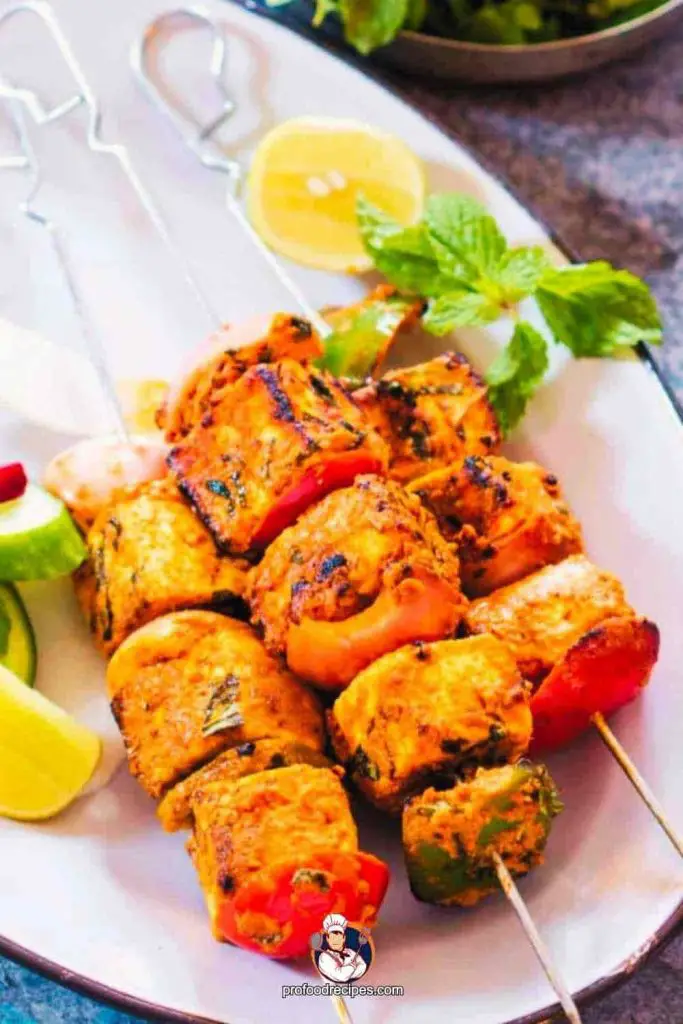
Paneer tikka is one of the north Indian appetizer items for toddlers. It is an Indian dish made from marinated cheese chunks grilled in a clay oven. This vegetarian version of chicken tikka (meat-based recipe) is an excellent way to encourage your children to consume more vegetables. In India and countries with a significant Indian diaspora, this dish is trendy among toddlers. Also, it’s enriched with essential proteins, which toddlers need a lot for growth.
Ingredients
- Capsicum (Shimla Mirch): 1 to 2 (tiny)
- Ginger Garlic Paste: 1-teaspoon
- Turmeric Powder: a pinch of
- Garam Masala Powder: ¼-teaspoon
- Coriander Powder (Dhania Powder): ½-teaspoon
- Carom Seeds (Ajwain): ½-teaspoon (coarsely crushed)
- Salt: as per taste
- Paneer (Cottage Cheese): 15og
- Oil For Shallow Frying: 2 to 4-tablespoons
- Besan (Gram Flour): 1-tablespoon
- Red Chili Powder: a pinch of (optional)
- Cumin Powder (Jeera Powder): ¼-teaspoon
- Chaat Masala: ½-teaspoon
- Lemon Juice: ½-teaspoon
Process
- Firstly, add 1 tsp ginger garlic paste, 1 to 2 small capsicum (Shimla Mirch), a pinch of turmeric powder, 1/4th tsp garam masala powder, 1/2 tsp coriander powder (dhania powder), 1/2 tsp coarsely crushed carom seeds (ajwain), salt, 1 tbsp besan (gram flour), a pinch red chili powder (if you desire), 1/4th tsp cumin powder (jeera powder), 1/2 tsp chaat masala and bell peppers to the cottage cheese in a bowl. And toss them until the paneer (cheese) is appropriately coated.
- For about 20 to 30 minutes, marinate the cottage cheese. Then skewer the cottage cheese (paneer) cube and then alternate with chopped capsicum. Repeat this process and make several skewers.
- Then heat some oil in a frying pan and place the skewered paneer (cottage cheese) cube in the frying pan.
- After that, fry them on all sides for few minutes until they turn golden brown, and last of all, serve with lemon juice and mint chutney.
Nutrition Facts: (Per Serving)
- Protein-11g
- Carbs-1g
- Fiber-0.4g
- Carbohydrates-7.7g
- Fat-13g
- Calories-173
2. Mango Shrikhand
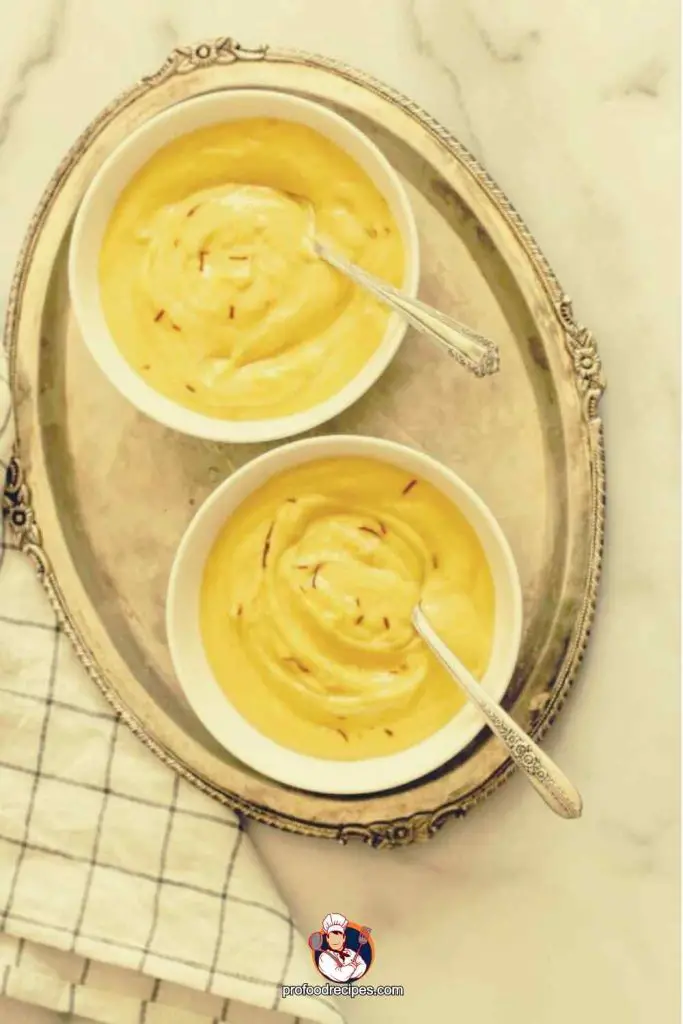
Mango shrikhand is a very delicious and delightful Indian dish. Every toddler loves to eat it with parathas, puris, or just by itself. Also, it is easy to make as well.
Ingredients
- Mango Pulp: ½-cup
- Sugar: 1 to 2-tablespoon
- Hung Curd: 1-cup
- Cardamom Powder: ½-teaspoon
Process
- Firstly, blend mango pulp, sugar, hung curd, and cardamom powder to a smooth consistency.
- Then refrigerate them in an airtight box and serve cold.
Nutrition Facts
- Protein-5g
- Sugar-46g
- Sodium-31mg
- Fat-5g
- Saturated Fat-3g
- Carbs-46g
- Carbohydrates-46g
- Cholesterol-14mg
- Calories-268
3. Carrot and Beetroot Raita
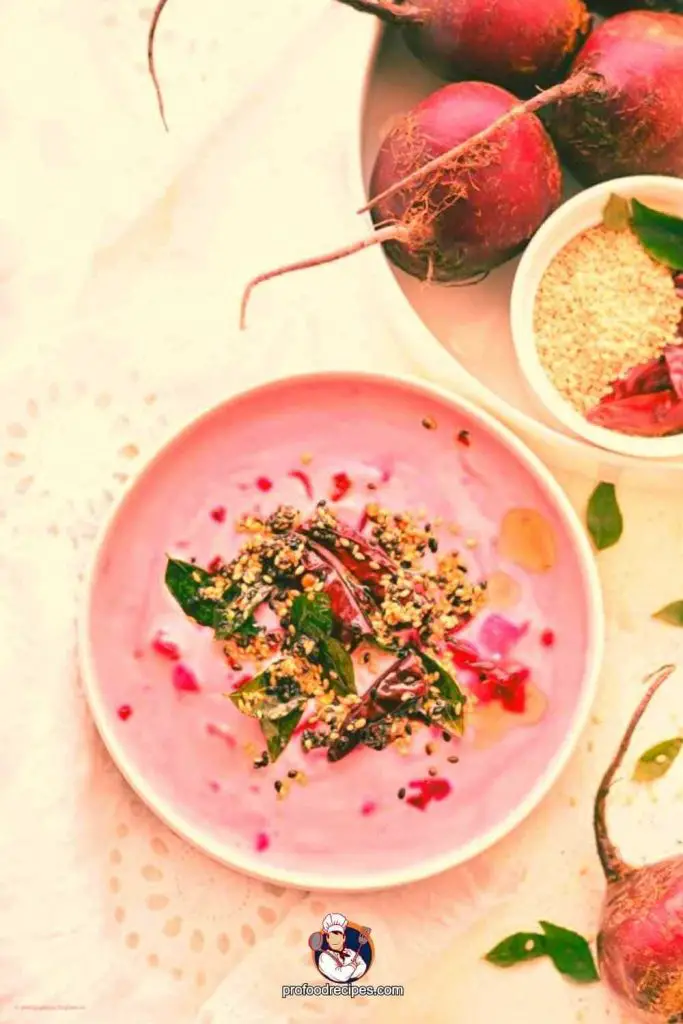
Carrot and beetroot raita is one of the toddler’s favorite foods. It is very delicious food and comes with its attractive bright color. This food is also easy to cook.
Ingredients
- Carrot: 1 (small and grated)
- Cumin Seeds: ½-teaspoon (roasted and powdered)
- Sugar: ½-teaspoon (optional)
- Curd: 1-cup
- Beetroot: 1/2 (grated)
- Salt: as per taste
Process
- Add curd, grated carrot, salt, grated beetroot, roasted cumin seeds, and sugar (if you desire) in a bowl.
- Mix them very well and serve the raita cold.
Nutrition Facts: (Per Serving)
- Protein-3.4g
- Fiber-1.4g
- Cholesterol-10.7mg
- Carbohydrates-6.7 g
- Fat-4.4g
- Calories-94
4. Bajra and Jowar Rotis with Paneer
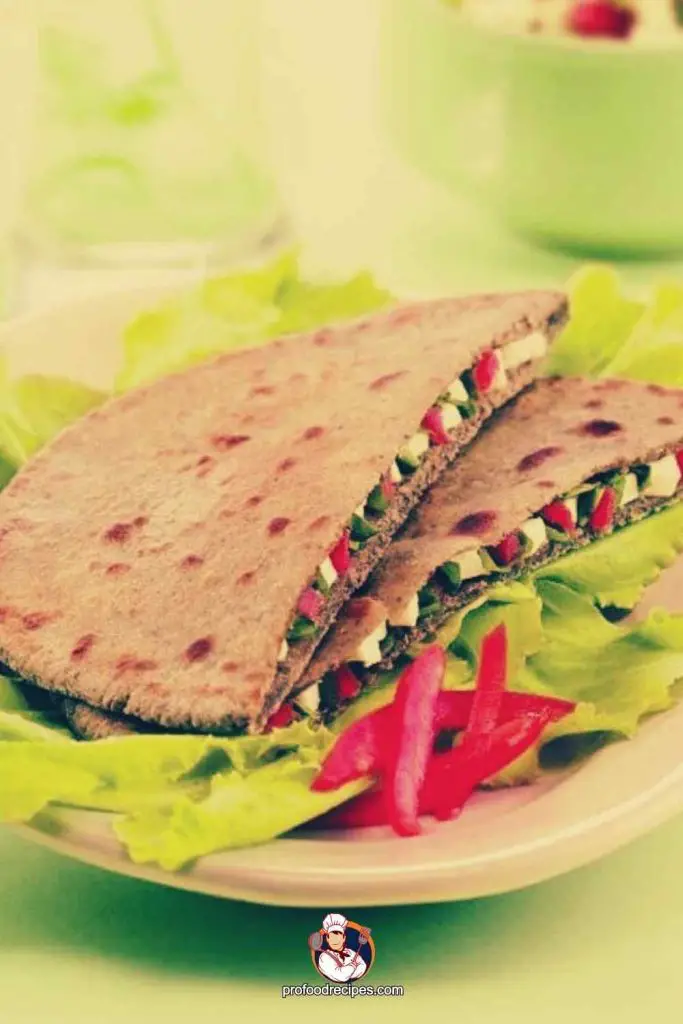
This tasty food item is most suitable for 3-years old toddlers. It is highly suggested for their daily diet. Again, this recipe is one of the toddler food recipes Indian parents can easily make, even in a hurry. Also, Indian toddlers love this food very much.
Ingredients
- Jowar Flour: 2-tablespoons
- Spinach (palak): 4-tablespoons (pureed and boiled)
- Oil or Ghee: 4-teaspoons
- Bajra Flour: 2-tablespoons
- Paneer: 1-tablespoon (grated)
- Water: as required
- Salt: as per taste
Process
- Mix Jowar flour, pureed and boiled spinach (palak), Bajra flour, grated paneer, oil or ghee, salt, and water and made a soft dough.
- Then make Rotis by using the dough. Use a little oil or ghee while cooking for taste.
- Last of all, serve these Rotis with carrot and beetroot raita.
Nutrition Facts: (Per Serving)
- Protein-3.5g
- Fiber-2.3g
- Carbohydrates-13.3g
- Calories-117
5. Methi Thepla
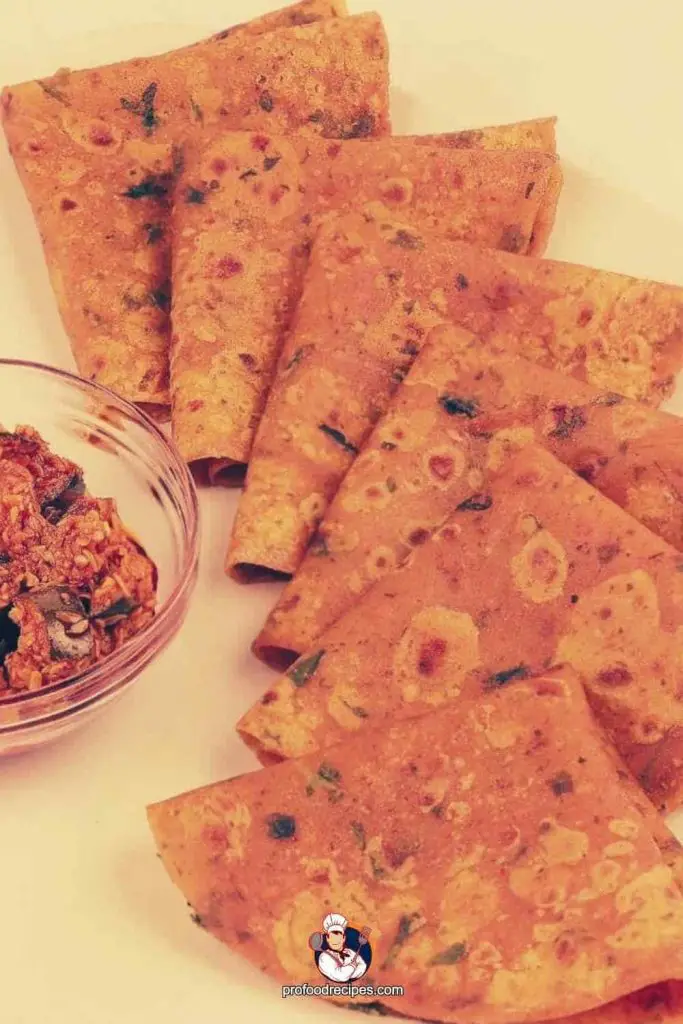
Methi Thepla is the best food item for toddlers. It is delicious and easy to cook. It can be served with stir-fried vegetables or some curd. Though it’s just a flatbread (like Paratha), the exciting thing about this toddler food is Indian parents can cook it very flavorful manner.
Ingredients
- Wheat Flour: 1-cup
- Pearl Millet Flour (Bajra Flour): ¼-cup
- Red Chili Powder: ½-teaspoon
- Cumin powder: ½-teaspoon
- Oil: 1-tablespoon
- Crushed Ginger: ½-inch
- Ghee or Oil: 4 to 5- tablespoons
- Fenugreek (Methi) Leaves: 1-cup (finely chopped and washed)
- Gram Flour (Besan): ¼-cup
- Sorghum Flour (Jowar Flour): ¼-cup
- Turmeric Powder: ½-teaspoon
- Coriander Powder: ½-teaspoon
- Salt: as per taste
- Green chilies: 1 to 2 (finely chopped)
Process
- Mix wheat flour, Bajra flour (pearl millet flour), besan (gram flour), and Jowar flour (sorghum flour) very well.
- Then add chili powder, cumin powder, turmeric powder, coriander powder, oil or ghee, crushed ginger, green chilies, and salt and mix with flour.
- After that, add methi (fenugreek) leaves and again mix them very well.
- Then roll out the Theplas by using a rolling pin and roast them on a frying pan on both sides for few minutes until its golden brown.
Nutrition Facts: (Per Serving)
- Protein-7g
- Carbs-25g
- Fat-8g
- Calories-131
What Foods Do We Choose for the Nutrition of Children From One to Three Years?
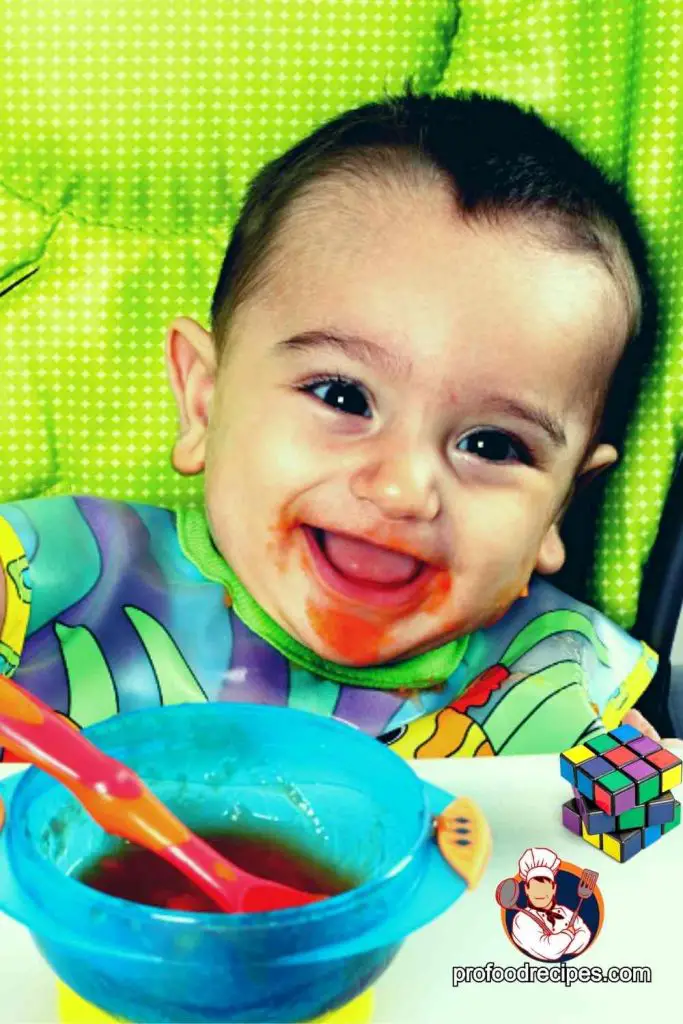
Milk and Dairy Products
- Every day, the child should receive about 450 g of fresh and fermented milk products, including milk, cottage cheese, sour cream, and cheese. Of these, about 400 ml are liquid milk and sour-milk drinks.
- Cottage cheese – 200-250 g per week; it is better to choose cottage cheese enriched with probiotics. This number includes casseroles and cheesecakes.
- Cheese – a piece (5 g) per day, except for spicy varieties and cheeses with mold
- Sour cream 10% – 5-9 g for dressing dishes per day
Attention!!!
If the child receives infant formula, the amount of milk and liquid dairy products is reduced to 100 ml daily.
Lean Meat, Turkey, Chicken
- Total meat – no more than 100 g per day
- Liver – 1 time in 7-10 days. Sausages, frankfurters, and sausages of industrial production are not recommended for children under three years old and in an ideal life – never to anyone due to the high content of flavorings and preservatives.
- Fish- Smoked and salted fish, seafood – not recommended for children under 3 years old. An average of 200 g of fish per week, 2-3 times a week
- Eggs– 2-3 eggs per week – hard-boiled, scrambled, added to casseroles and cheesecakes
- Vegetables and Fruits– Up to 4 servings per day – side dish or a separate dish at each meal, as a snack
Bread and Cereals
- Pasta and Vermicelli – not every day!
- Bread – 30-40 g of rye and 60 g of wheat or rye-wheat per day.
- Beans, Peas, Lentils – 2-3 times a week. It is recommended to boil them well.
- Butter -10-20 g per day on sandwiches and ready meals.
- Vegetable Oils -10-15 ml per day
Sugar and Sweets
- 2-3 times a week up to 10 g per day after meals
- Chocolate is not recommended for those under 3 years
- The total amount of sugar in food should not exceed 25-30 g per day
- Do not teach your child to drink tea with sugar and sprinkle sugar on ordinary food – cereals, pasta, casseroles, etc.
Salt
- Ready meals do not salt for up to 3 years; for cooking, we use up to 3 g per day (1/2 teaspoon)
- Choosing iodized salt
Beverages
- Weak black, green, herbal, and fruit teas
- Plain water is preferable to juices
- Natural coffee is not recommended for children under 3 years of age
- Cocoa and tea are better not to give after fish and meat dishes because, Some components of drinks, such as tannin, interfere with the absorption of iron and some other nutrients.
Spices
Red, black pepper, horseradish, mustard, vinegar – it is better not to give until 3 years. Other spices are used in minimal quantities.
What Not to Give a Child Under 3 Years Old?
- Mushrooms
- canned food
- Sweet carbonated drinks
- Cakes
- Products with food additives and dyes
- Fast food for adults (noodles, instant beverages, purees, cereals, and soups for adults)
Toddler Food Requirements
Most mothers are happy when the baby crosses the line of the first year of life. As the baby grows, it becomes more and more enjoyable to communicate with him daily, so the mother frees up a little more time for herself. And certainly, one concern becomes less – the baby goes to the adult table. After all, everything is so simple – the baby already chews well, confidently holds a spoon, and loves mashed potatoes with cutlets and, in general, everything from the family table.
But doctors sound the alarm – more than 40% of children under three years old acquire diseases caused by unbalanced nutritional value and a set of food products. An unbalanced diet, including its excess or lack, often leads to a deficiency or excess of vitamins and minerals. An unbalanced diet does not correspond to the capabilities of the children’s digestive system and has excess or insufficient calories. And this is a direct path to the emergence of various, as doctors say, alimentary-dependent (nutrition-dependent) chronic diseases.
After a year, the child continues to grow very actively. To do this, he needs sufficient nutrients, due to which physical growth occurs. Nutrition also affects mental and mental development. So how do we organize the nutrition of children under three years of age to reduce the risk of disease?
Of course, all recommendations are averaged and depend on the state of health and the individual characteristics of each baby. Always check with your pediatrician about your child’s nutrition.
Nutrition for Children from (1-3) Years
The recommended amount of food per day
| Child’s age, years | Amount of food, grams per day |
| 1 – 1.5 | 1000 -1200 |
| 1.5 – 3 | 1200 -1500 |
Number of Feedings
- Five times a day – 3 main (breakfast, lunch, dinner) and two additional (2nd breakfast and afternoon snack)
- At night – a children’s milk drink rich in vitamins and other beneficial ingredients.
Follow the Feeding Schedule
- Determine the time of each meal, and try to strictly observe this regime.
- The diet helps to develop a food reflex at a particular time of the day for the total assimilation of food. At the same time, the rhythmic work of the gastrointestinal tract and the secretion of digestive juices are being established. As a result, food is well digested and absorbed.
- Deviations in the mode should not exceed 30 minutes.
- Since all children are individual, take a closer look at your baby’s features. Some children require more frequent meals. In this case, we advise avoiding uncontrolled snacking, especially sweet foods – juices, buns, sweets, bars, and chocolates. Unscheduled snacks reduce appetite and contribute to obesity and caries.
Daily Energy Requirement
| Nutrition for a child at 1 year – 2 years | 1200 kcal per day |
| Feeding a child from 2 to 3 years | l per day |
Knowing the child’s daily energy requirement, it is possible to approximately calculate the energy value and the choice and quantity of dishes for each meal.
Spread Energy Throughout the Day
- Breakfast – 25% of the total energy value
- Lunch – 30-35% of daily energy
- Dinner – 20% daily energy
- Additional meals – 10% of daily energy
Pay attention to product labels – for this purpose; they also place information on the energy value of products as a percentage of the daily energy requirement.
Toddler Food Cooking Norms
The consistency of meals in a child’s diet should change gradually depending on the child’s age – from liquid and puree to more dense and solid. It helps to develop chewing skills, strengthen chewing muscles, develop articulation and accustom to a wide choice of food (from vegetables to fish).
Nutrition for children under one and a half years old – pureed or chopped, boiled – soups, cereals, mashed potatoes, and salads. Doctors recommend choosing industrial products; they are not only prepared considering the child’s age characteristics and needs but are also guaranteed not to contain harmful substances (antibiotics, pesticides, etc.).
Nutrition for children from 1.5 to 3 years old – we gradually introduce dishes that are denser in consistency, and we begin to give meat cut into pieces. We introduce and gradually increase the number of raw vegetables and fruits.
How Much and What Can a Child Aged 1-2 Years Eat?
First, you need to calculate the food the child needs per day.
The daily volume of food at 1-1.5 years is 1000-1200 ml. We feed the child four times a day respectively at a time; he should eat 250-300 ml.
For a Rough Definition:
The daily volume of food at the age of 1.5 years is 1200-1300 ml. We also feed the child 4 times a day, respectively, at a time; he eats 300-325 ml.
Sample menu for a child aged 1-2 years:
| Dishes | Volume |
| Breakfast Milk or milk tea Sandwich with butter and cheese Egg Porridge | 100 ml cheese 5-10 g ¼ yolk, 200 g |
| Lunch Juice or fruit | 100 ml/g |
| Dinner Soup Salad Vegetable garnish Cutlet Compote / kissel | 80 ml (that’s 5-6 full tablespoons) 30g 80 g 70 g 80 ml |
| Afternoon snack Cookie Cottage cheese Kefir/milk/yogurt Fruit | 1-2 pcs. 80 g 150 ml 100 g |
| Dinner Kefir/milk/yogur Vegetable dish/porridge | 100 g 200 g |
Should Indian Toddler Food Be Healthy?
Of course, Indian toddler food should be healthy. Toddlers are very young children. So, parents have to care about their health. Here, we have already shared 5- healthy Indian toddler food recipes. Except for them, there are yet some other healthy Indian toddler foods available that you can try as well. Such as-
- Sprouted Moong Dal Chilla
- Dry Fruit Milkshake
- Carrot, and Spinach Puri
- Banana Sheera
- Jeera Aloo
- Peanut Chikki
- Potato Poha
- Egg Curry
- Bread Rolls
- Beaten Rice with Banana, etc.
What Do Indian Toddlers Like to Eat Most?
Every Indian toddler likes to eat rice, Paratha, khichdi, chapati, or nan with sabzi (vegetables), aloo gobi, different types of fish, meat (chicken, lamb, or goat), and veggie curries, etc. Again, yoghurt and rice are the most favorite food for south Indian toddlers.
Moreover, Indian toddlers also like sweet dishes very much. Sweet dishes like kheer, gulab jamun, lassi, a rice pudding flavored with cardamom, a yogurt drink commonly sweetened with mango, etc., are Indian toddler’s favorite foods.
Final Verdict
Overall, our toddler food recipes Indian are delicious and healthy indeed. Also, all of them are very easy to cook and are full of nutrients. We hope your offspring will love to eat our suggested Indian foods very much.
You May Also Like To Read

